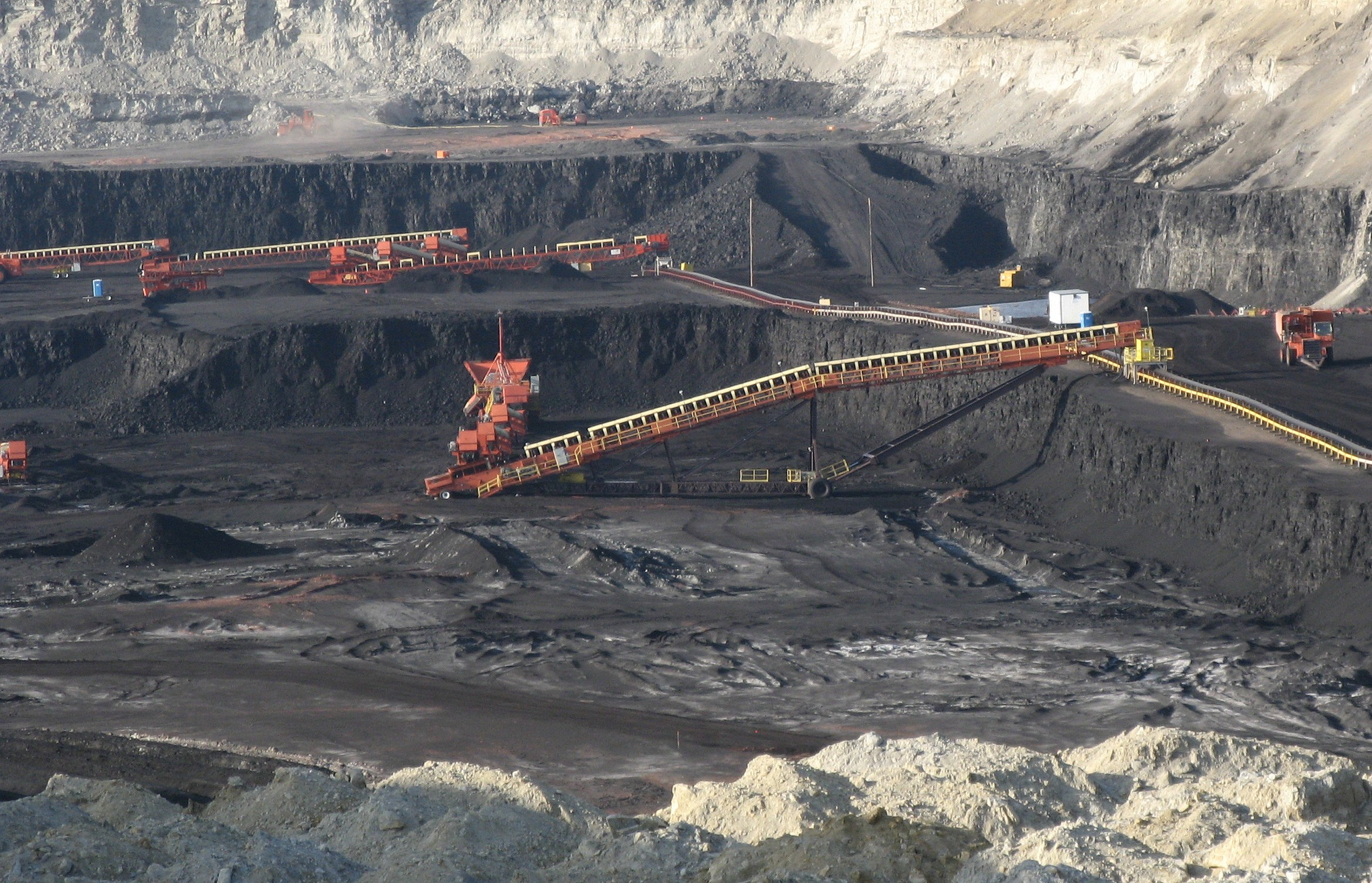At the beginning of July, the National Oceanic and Atmospheric Administration’s monthly climate outlook predicted temperatures well above average across much of the United States. The prediction was quite correct. Beyond that, world-wide, there were multiple heat waves, especially in Europe and Asia, where there were thousands of heat-related deaths. On July 19th, the United Kingdom had its hottest day ever reported with a temperature over 104 degrees.
In the U.S., a series of atmospheric high-pressure systems resulted in stagnant heat domes, which resulted in more than 150 million people living under heat warnings and advisories. Nearly every part of the continental U.S. saw above-average temperatures. There were record-breaking triple-digit highs in several states, sometimes persisting for days.
The south-central part of the country developed a ridge of high pressure that established a heat dome that acted like a lid, trapping hot air over that area. The extreme heat persisted throughout the month, at times expanding to the Southwest, Upper Midwest, and Southeast.
In the second half of the month, the Great Plains experienced temperatures as high as 115 degrees. Utah and Oklahoma both broke long-standing records for the most consecutive days on which temperatures exceeded 100 degrees. Utah saw 16 straight days over 100.
In the Pacific Northwest temperatures reached 110 degrees in Dallasport, Washington, and 114 in Medford, Oregon. In the Northeast, Newark, New Jersey saw a record-breaking five straight days over 100 degrees.
In Albany, New York, where the average daily high temperature is 82 degrees in July, there were 10 days in the 90s, with highs of 97 on three occasions.
July was a hot month indeed.
**********
Web Links
Photo, posted July 10, 2022, courtesy of Dominic Alves via Flickr.
Earth Wise is a production of WAMC Northeast Public Radio.

